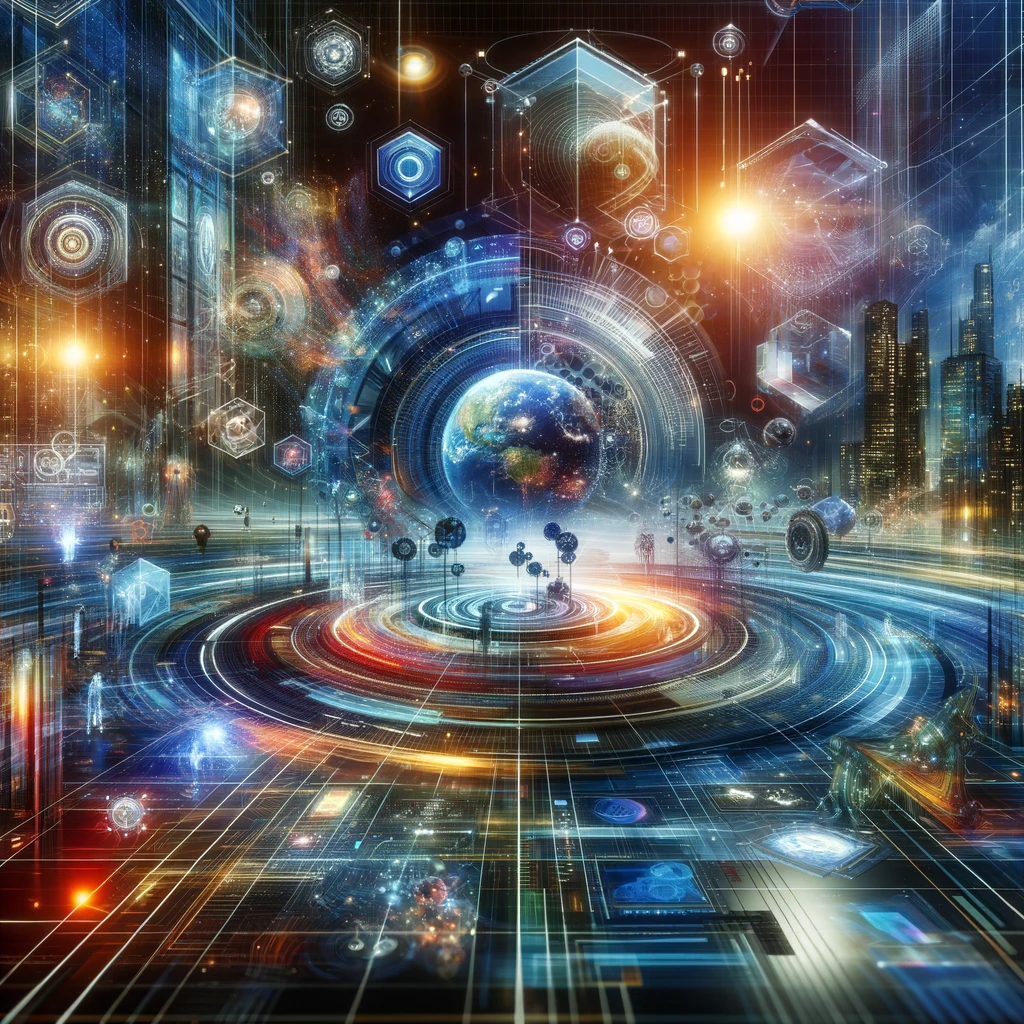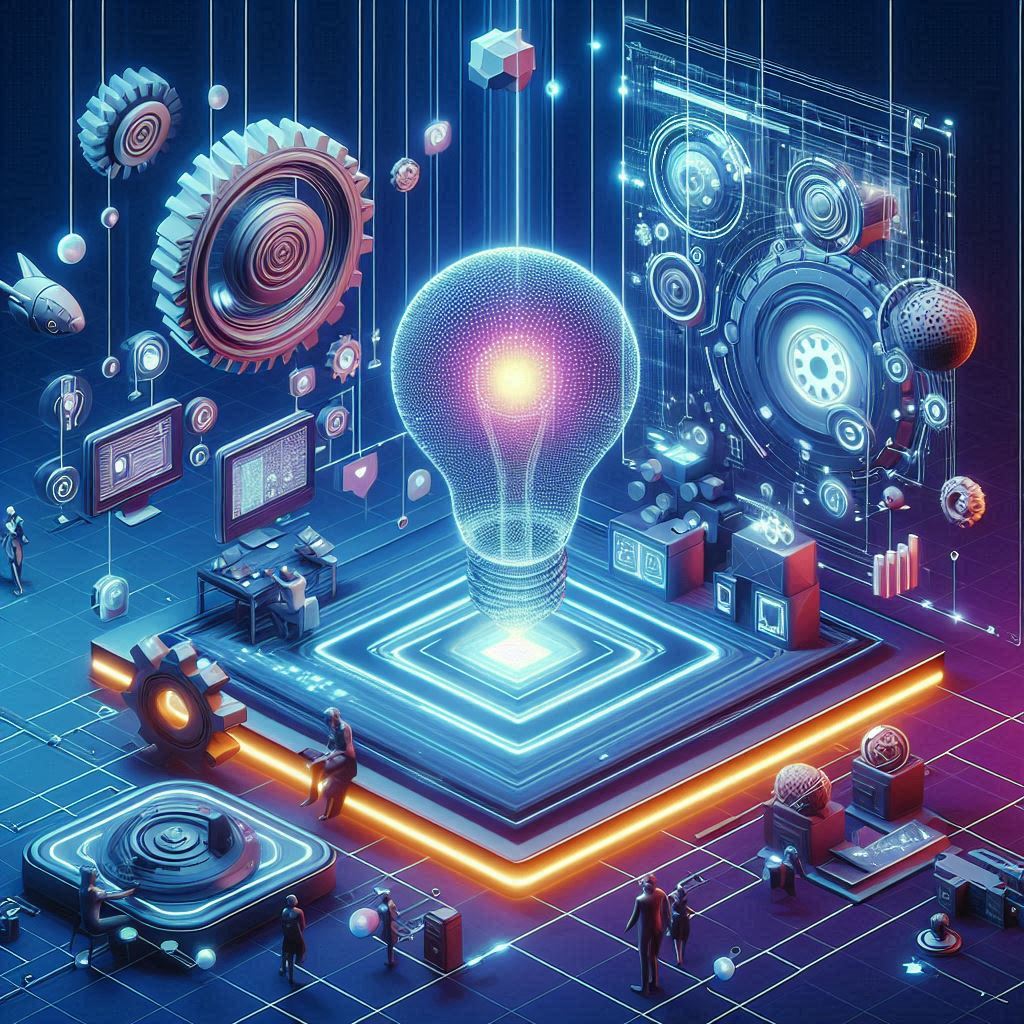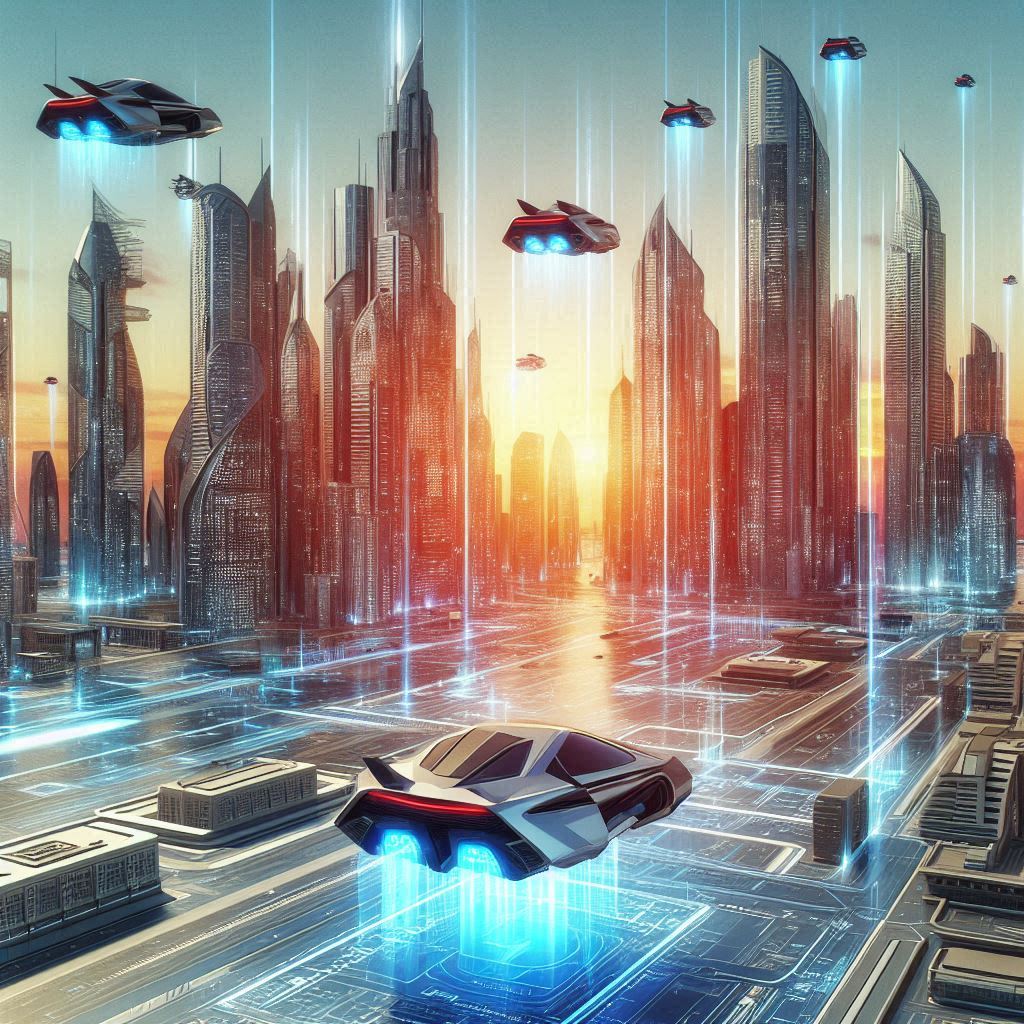What Is Synthetic Media?

Introduction to Synthetic Media
Synthetic media, also known as AI-generated or machine-generated content, is a fast-evolving category of digital media where artificial intelligence is used to produce or enhance text, video, audio, images, and interactive content. Unlike traditional media that is created manually by humans, synthetic media is generated by advanced algorithms that mimic cognitive processes—allowing machines to produce realistic, dynamic content in seconds.
This transformation is not just about novelty; it’s a fundamental shift in how media is conceived and distributed. In recent years, AI-generated influencers, virtual anchors, and personalized video ads have become commonplace. Companies like OpenAI, Synthesia, and NVIDIA have made it possible to create hyper-realistic digital humans, intelligent avatars, and entire cinematic sequences from a simple prompt.
Furthermore, synthetic media has significantly democratized content creation. With minimal technical skills, individuals and small businesses can now produce high-quality videos, presentations, and marketing materials—previously the domain of professional video production studios and expensive equipment. As we move deeper into the era of AI, synthetic media is positioned to become the backbone of digital storytelling, interactive education, personalized marketing, and immersive entertainment.
However, this powerful technology also demands new levels of responsibility. As its use expands into politics, journalism, and healthcare, the challenge lies in establishing trust, transparency, and governance—ensuring that synthetic media remains a tool for creativity and progress rather than manipulation and harm.
How Synthetic Media is Created

Synthetic media is crafted using a sophisticated blend of artificial intelligence technologies, including machine learning, deep learning, and neural networks. These techniques allow systems to analyze massive datasets, identify patterns, and replicate or create media content that mimics human production.
- Machine Learning and Deep Learning: These AI subsets enable algorithms to recognize and predict patterns by learning from vast amounts of data. As of 2025, models like GPT-4 and Google Gemini have shown breakthrough capabilities in generating text, imagery, and video content nearly indistinguishable from human-created versions.
- Neural Networks: These networks are layered structures inspired by the human brain. They can process various forms of data—text, image, sound—by breaking them down into elements and reconstructing them in new forms. Transformer models are now widely used in both language and image generation tasks.
- Generative Adversarial Networks (GANs): One of the most powerful tools in media generation. GANs operate with two networks—a generator and a discriminator—that compete and improve through feedback. This method now powers some of the most realistic deepfake videos and AI-generated imagery. See Video Below >
- Data Training: AI systems are trained on extensive datasets including text corpora, audio libraries, video archives, and image collections. Synthetic media’s realism increases proportionally with the quality and diversity of the data it’s trained on.
Generative Adversarial Networks (GANs)
Did You Know:
Over 60% of internet users in 2025 have interacted with synthetic media without realizing it—through chatbots, voice assistants, or AI-generated visuals.
Applications of Synthetic Media

Entertainment
AI-generated characters and environments are now standard in blockbuster productions and AAA games. Synthetic actors and virtual influencers are performing live with AI-powered facial animation and voice synthesis. Studios like Lucasfilm and Netflix deploy synthetic media to digitally de-age characters or resurrect historical figures with accuracy.
Advertising
Marketers use synthetic media to create hyper-personalized video content. Companies like Synthesia and Hour One provide platforms to generate spokesperson videos in multiple languages and demographics without filming. Brands now dynamically tailor campaigns based on real-time user behavior and A/B testing outcomes.
Journalism
Newsrooms use AI tools for drafting summaries, headlines, and even full articles. Tools like Bloomberg’s Cyborg help financial reporters cover earnings reports efficiently. Synthetic news anchors, like those powered by Sogou in China, deliver news 24/7 in multiple languages.
Education
AI tutors now support personalized learning paths, and synthetic avatars deliver lessons in any language or voice. Platforms like Khan Academy are integrating AI-driven content adaptation, while VR-based educational apps allow students to explore historical settings or conduct experiments virtually.
Social Media
AR filters, voice changers, and avatar generators are all AI-enhanced. TikTok, Snapchat, and Instagram leverage synthetic effects to enhance user engagement. AI-generated influencers like Lil Miquela have amassed millions of followers, redefining digital marketing strategies.
Fashion and Design
Virtual fashion shows and AI-generated clothing collections are reshaping the industry. Digital twins enable customers to try products virtually before buying. Tools like Clo3D and Daz 3D allow for photorealistic apparel modeling, cutting prototyping costs and reducing waste.
Healthcare
Virtual patient simulations help medical students and professionals practice procedures. AI-generated medical imagery supports diagnostics by creating rare case datasets for training algorithms. Synthetic MRI and CT scans are used to improve machine learning models in radiology.
Legal and Security Training
VR scenarios simulate active shooter drills, courtroom proceedings, and crime scene investigations. AI-generated facial reconstructions are used forensics. Synthetic datasets are created to train facial recognition systems under ethical guidelines.
Did You Know: Generative Adversarial Networks (GANs) are the foundation of deepfakes and are now used to train autonomous vehicles and simulate complex physics scenarios.
Ethical Considerations and Challenges

- Misinformation: AI-generated fake news and impersonation videos can damage reputations and influence elections. In 2024, several political campaigns were disrupted by deepfake content spreading on social platforms.
- Privacy: AI models that generate faces or voices based on real individuals without consent can violate privacy laws. The EU and U.S. have begun implementing synthetic content labeling requirements.
- Security: Voice spoofing and video manipulation tools are being used in fraud and phishing schemes. AI-driven scams using cloned voices of CEOs have defrauded companies of millions of dollars.
Did You Know: AI-generated news anchors in China can deliver 24/7 news in multiple languages and have become indistinguishable from their human counterparts.
Future of Synthetic Media

The future of synthetic media is poised to revolutionize digital communication and creative industries at scale. Emerging trends point to a dramatic rise in real-time AI-generated experiences, interactive avatars, and mixed-reality storytelling. With major tech giants investing in advanced AI models and metaverse platforms, synthetic content will likely blend seamlessly into everyday applications—from virtual meetings to AI-powered films.
By 2030, analysts forecast that more than 70% of digital content online will be AI-assisted or entirely synthetic. This includes everything from personalized advertising and news coverage to dynamic education modules and real-time entertainment. Innovations such as neural rendering, real-time text-to-video models, and zero-shot learning will empower creators and businesses to generate content instantly with minimal human input.
However, this surge in synthetic content also heightens the need for comprehensive regulation. Tools like watermarking, blockchain verification, and AI-detection software will become critical in maintaining transparency and public trust. Governments and global organizations are now drafting policies to ensure ethical deployment, equitable access, and consumer protections in this new media era.
Conclusion
Synthetic media is more than a technological trend—it’s a transformative force reshaping how we create, consume, and interact with content. As artificial intelligence continues to evolve, it is crucial for creators, regulators, and consumers to collaborate on building a future that values innovation, safeguards ethics, and maximizes the positive potential of synthetic media. Embracing its power responsibly will be key to unlocking new realms of creativity and efficiency across industries.
Did You Know: By 2030, it is projected that more than 70% of all online content will be at least partially AI-generated, reshaping journalism, marketing, and entertainment.
FAQ
What is synthetic media?
Content such as images, videos, audio, and text created or enhanced using artificial intelligence, machine learning, or deep learning technologies.
How can synthetic media be identified?
Through digital watermarking, reverse image search, deepfake detection software, and AI classifiers like Microsoft’s Video Authenticator or Intel’s FakeCatcher.
Is synthetic media legal?
Generally yes, but legality depends on context. Misuse for fraud, identity theft, or libel can incur criminal penalties. Jurisdictions are rapidly developing laws to regulate AI-generated content.
What are the benefits of synthetic media?
- Significant cost and time savings
- Scalability and mass personalization
- Enhanced accessibility and multilingual support
- Enables new forms of interactive learning and simulation
What are the disadvantages of using synthetic media?
- High potential for misinformation
- Challenges in verifying authenticity
- Risks of misuse and data bias
- Threats to jobs in creative industries
What Is Synthetic Media? an Article by Nicole Delgado 2025 | CMO | AI-Driven Video Production
